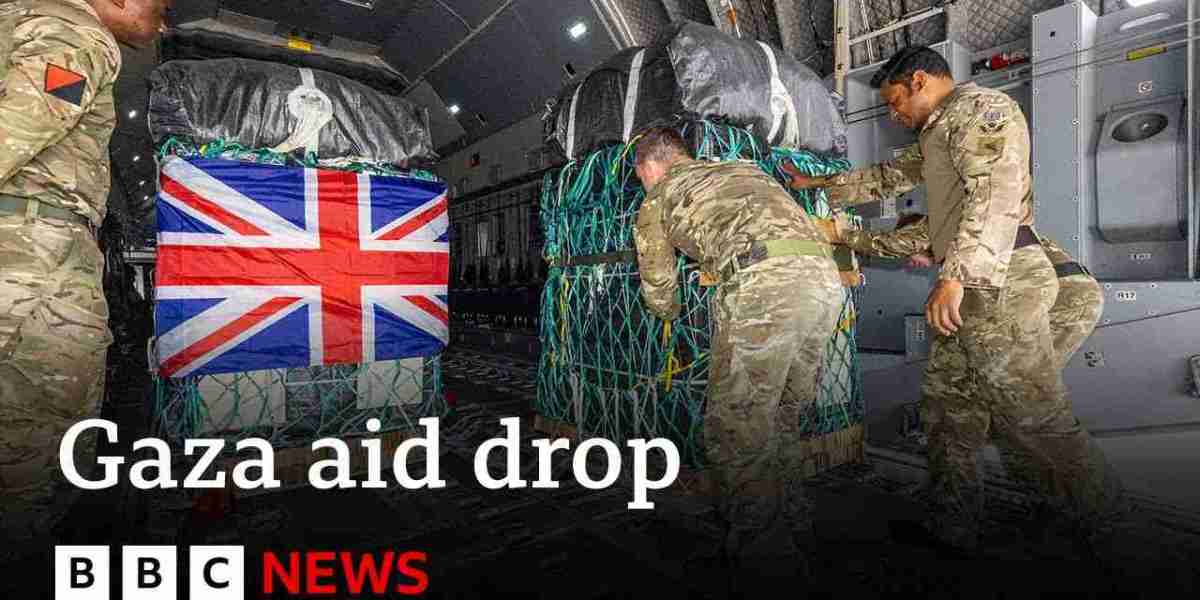A Lifeline Amid Chaos
The Gaza Strip, long at the heart of geopolitical conflict, continues to face devastating humanitarian challenges. Years of blockades, military operations, and political instability have left millions struggling for survival. Amid this turmoil, international aid organizations serve as a critical lifeline—providing not only immediate relief but also long-term support to rebuild shattered lives.
Understanding the role of international aid in conflict zones like Gaza offers insight into how compassion, diplomacy, and global cooperation intersect to sustain human dignity in times of crisis.
The Humanitarian Crisis in Gaza
Gaza’s humanitarian situation remains dire. According to UN agencies, a significant portion of Gaza’s population depends on external aid for basic necessities—food, water, healthcare, and shelter. Infrastructure has been severely damaged, leaving schools, hospitals, and power systems in constant need of repair.
The international community has responded with large-scale relief efforts. The United Nations Relief and Works Agency (UNRWA), Red Cross, and various NGOs continue to provide emergency food parcels, medical supplies, and education programs for displaced families. Yet, the ongoing conflict, blockades, and restricted movement make the delivery of this aid a monumental challenge.
The Role of International Aid Organizations
International aid in Gaza is a complex web of cooperation between governments, NGOs, and local partners. Agencies like UNICEF, World Food Programme (WFP), Médecins Sans Frontières (MSF), and Islamic Relief play vital roles in addressing the crisis.
Humanitarian Relief: Immediate food, medicine, and shelter for displaced people.
Healthcare Services: Rebuilding hospitals, offering trauma care, and providing mental health support.
Education: Ensuring children in Gaza have access to schools and learning materials despite destruction.
Infrastructure Repair: Reconstructing damaged homes, water pipelines, and electricity grids.
These efforts help stabilize communities, restore hope, and prevent total societal collapse during prolonged conflicts.
Challenges in Delivering Aid
Despite the global goodwill, the path of humanitarian assistance in Gaza is fraught with challenges:
Access Restrictions: Political and military blockades make it difficult for aid convoys to reach affected areas.
Safety Concerns: Ongoing violence puts aid workers at constant risk.
Resource Shortages: Limited funding and restricted imports delay critical operations.
Coordination Issues: Overlapping roles among aid agencies can create inefficiency or duplication of efforts.
The Pakistan Chronicle and other international media have highlighted these barriers, emphasizing the urgent need for diplomatic solutions that ensure the uninterrupted flow of humanitarian assistance.
The Role of Media and Public Awareness
Media coverage plays a crucial role in mobilizing global empathy and donations. Through Pakistan international news and global reports, the realities of Gaza’s crisis are brought to the forefront. When images and stories of affected families circulate worldwide, they generate the pressure and compassion needed to sustain aid programs.
Public awareness campaigns also help counter misinformation, showcase transparency in aid distribution, and encourage continuous support from civil society and the diaspora.
International Diplomacy and Aid Politics
Aid in conflict zones is never purely humanitarian—it’s deeply political. Governments and organizations must navigate the delicate balance between humanitarian neutrality and political realities.
In Gaza, international aid has often become a bargaining tool within broader geopolitical disputes. Donor fatigue, competing crises, and political agendas can delay or distort the flow of assistance. Still, the moral obligation to provide relief remains stronger than political divisions, as global citizens and organizations rally to support the innocent victims of war.
Rebuilding Lives and Communities
International aid isn’t just about survival—it’s about restoration.
Efforts to rebuild homes, restart education, and provide psychological counseling are as essential as emergency food drops. Programs aimed at empowering women, training youth, and supporting small businesses are slowly reshaping Gaza’s post-conflict identity.
Despite immense odds, communities continue to rebuild through resilience, innovation, and international partnerships. Each success story reflects the human spirit’s ability to thrive even in despair.
The Ethical Responsibility of the Global Community
The crisis in Gaza poses an ethical question to the international community: how long can the world watch without sustainable action? Providing humanitarian aid is vital, but long-term peace requires political commitment, fair mediation, and the protection of human rights.
True recovery will come not just from food parcels or medical tents but from systemic change—ending the cycle of violence and empowering Gazans to live freely and with dignity.
Conclusion: Hope Amid Hardship
The role of international aid in conflict zones like Gaza extends beyond emergency relief—it embodies humanity’s collective conscience. Every act of compassion, every shipment of medicine, and every school rebuilt tells a story of resistance against despair.
While challenges persist, the ongoing involvement of global aid agencies, humanitarian workers, and concerned citizens continues to offer hope. As Pakistan Chronicle and global platforms highlight these stories, they remind the world that in Gaza—and everywhere suffering exists—humanity must always come first.
FAQs
1. What are the main international organizations helping Gaza?
Key organizations include UNRWA, UNICEF, WHO, WFP, Islamic Relief, and Médecins Sans Frontières. They provide food, healthcare, education, and infrastructure support.
2. What are the biggest obstacles to delivering aid in Gaza?
Restricted access, ongoing violence, and political tensions often delay or block humanitarian operations.
3. How can individuals support aid efforts in Gaza?
By donating to verified relief organizations, sharing credible information, and advocating for peace and humanitarian access.







